We review the new Toyota Innova Hycross model, the one that does not feature the hybrid system, to see whether it can be a wise investment.

Story: Kurt Morris
Photography: Apurva Ambep
As India’s automotive landscape witnesses a significant shift towards greener alternatives, the Innova HyCross Petrol Automatic emerges as a compelling contender that addresses the imminent diesel ban with finesse. At a time when diesel-powered vehicles face increasing scrutiny and restrictions, Toyota’s Innova HyCross Petrol Automatic showcases its prowess as a versatile and eco-friendly option for discerning car-buyers. With its seamless combination of performance, comfort, and efficiency, this innovative vehicle presents a persuasive case for itself, allowing drivers to embrace a sustainable future without compromising on the qualities that make the Innova a beloved choice in India.
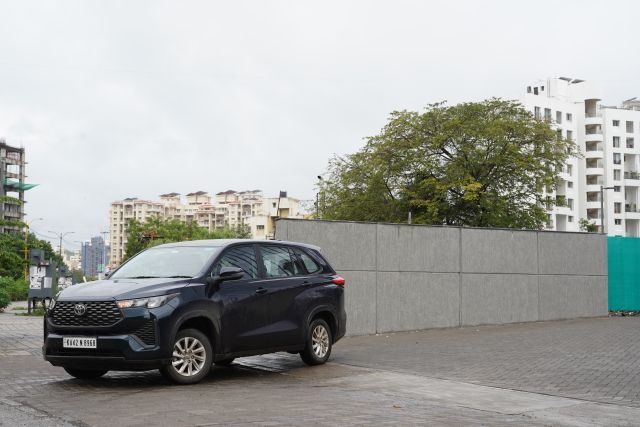
The HyCross is a vehicle that should be viewed in person because pictures cannot do justice to its striking look. When viewed at close quarters, it appears to be an SUV rather than an MPV and has an impressive road presence. The vehicle’s hexagonal honeycomb mesh grille and attractive chrome elements on the front resemble those on the new Toyota Hilux pick-up truck. A stunning set of LED headlamps and daytime running lights (DRL) complement the grille’s angular creases. The Toyota logo is prominently positioned in the middle in chrome. The chrome bumper details add an even greater appeal to the SUV.
The larger 16-inch alloy wheels, more streamlined windows, and a tapered back end with a sweeping roof-line set the HyCross apart from its predecessor when viewed from the side. A substantial bumper and wrap-around tail-lights with LED lighting at the back uphold the constant Toyota design language. The car’s overall proportions help to explain its poised attitude. The Innova HyCross emanates an even more contemporary and upscale appearance than its predecessors despite the fact that the SUV-inspired shape could take some getting used to.
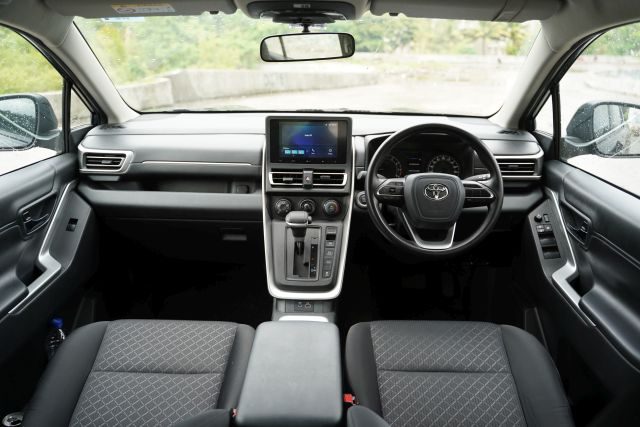
The HyCross adds a variety of cutting-edge features that completely change the MPV class, while the Innova is known for its spacious cabin and comfortable ride. Let’s begin with the second row since many of the prospective owners are likely to spend a lot of time there.
As expected, there is plenty of room for the occupant’s head, shoulders, and legs. In the middle row, there is a foldable table with two cup-holders and the rear passengers can manage the temperature and fan speed of the air-conditioning owing to the independent climate control. The sunroof, which is an option for the Hybrid model, was the only element that was missing.
Toyota have ensured that two adults can be seated in the third row of the Innova HyCross comfortably. In fact, accessing and leaving the last row is now rather simple. There is enough room for three kids or two adults to sit comfortably.
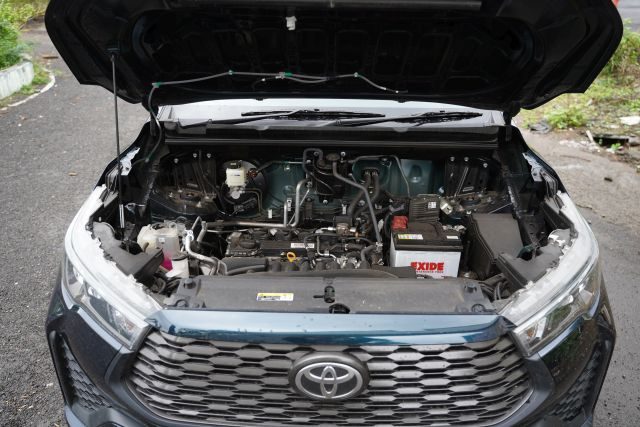
The 2.0-litre normally aspirated petrol engine with 173 hp and a continuously variable transmission (CVT) gearbox that sends power to the front wheels is the focus of this review. This four-cylinder engine makes an immediate impression thanks to its refinement and vibration-free nature. It feels powerful enough to pull this 1.5-tonne people-mover at 6,500 rpm while increasing speed smoothly and cleanly. It’s notable that it doesn’t feel lacklustre or dull even with a full complement on board. Its sprinting prowess is also astounding; 0 to 100 kilometres per hour in just 11 seconds, before reaching a top speed of 175 km/h.
On our Car India real-world test route, the petrol-automatic HyCross returned only nine kilometres to a litre within the city and 12.4 km/l on the highway while in Eco mode. An engine stop-start feature would have reduced fuel consumption while idling, thereby increasing economy in stop-go situations.
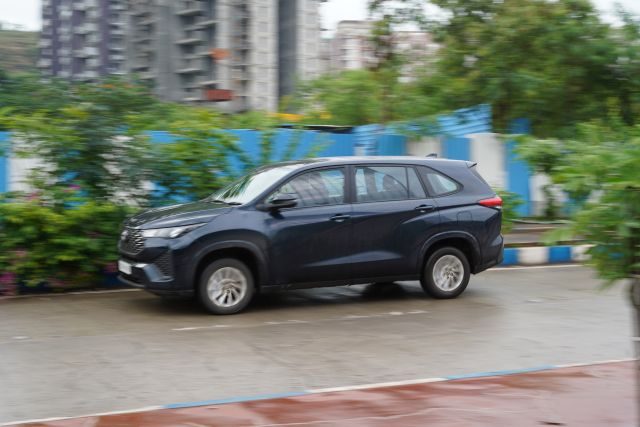
Finally, we arrive at the cockpit, which has been renovated by Toyota with high-end material as usual. The top layer of the dashboard is covered in leather with inlays that have a metal finish. The HyCross has an all-digital instrument panel and a 10.1-inch infotainment system. Both Android Auto and Apple CarPlay are wirelessly accessible. The physical climate control buttons are far more convenient and easy to operate than modern touchscreen controls, as is the drive selector on the centre panel.
This re-designed Innova HyCross’s engine no longer vibrates or emits any bothersome noises. Additionally, it is significantly more enjoyable while using the Eco and Normal modes. When you step on the throttle pedal, the petrol engine takes over when immediate power is required. Our early thoughts are favourable. The Innova’s CVT gearbox and engine enable remarkably smooth driving.
The HyCross is the first Innova model to include a monocoque chassis and front-wheel drive. Due to the re-designed basis, it weighs around 200 kilograms less than the current Innova and feels more agile. Due to its low body-roll, the MPV is simple to manoeuvre and maintains stability even at speeds exceeding the three-digit limit.
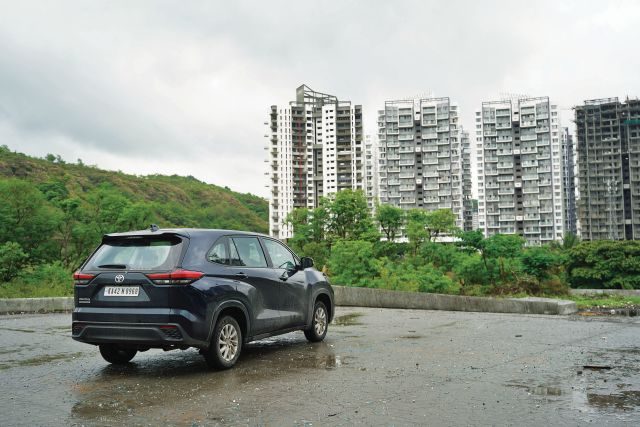
Customers who don’t want a hybrid Innova and only want a petrol Innova might choose the Toyota Innova HyCross petrol automatic. When compared to the extremely remarkable hybrid version we previously drove, the new Toyota Innova HyCross petrol automatic is more affordable, which is the cause for interest. The petrol variant is priced between Rs 18.55 lakh and Rs 19.45 lakh (ex-showroom), which is a whole segment below the hybrid range that is available for between Rs 24.76 lakh and Rs 29.72 lakh.


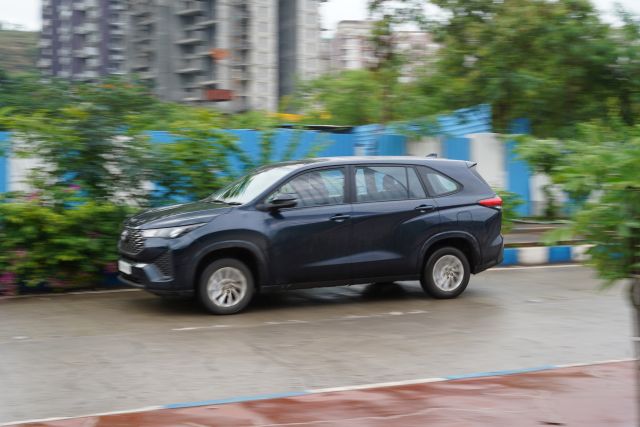


















Leave a Reply